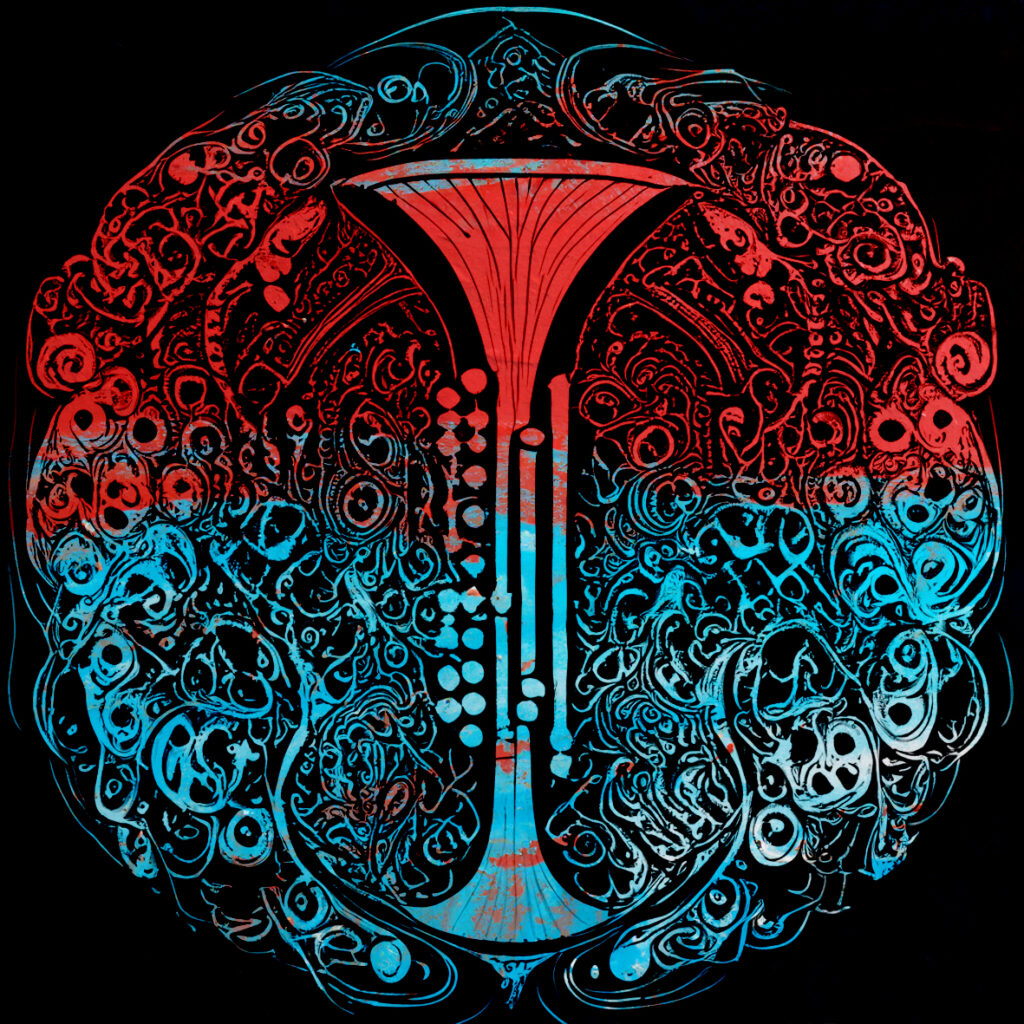“Saz-o-Dohol” is a musical composition inspired by Nowruz, an ancient festival marking the onset of spring and the commencement of the new year. The term “Nowruz,” meaning ‘new day,’ holds centuries of tradition and is observed by more than 300 million people globally. Spanning regions from the Balkans to the Middle East, Nowruz is acknowledged as a cultural heritage, emphasizing peace, solidarity, and the rejuvenation of nature.

This composition draws upon the historical significance of Saz and Dohol in ancient Iran, particularly during national events such as Nowruz. The Saz, characterized by a conical wooden tube with a double reed and a pirouette, and the Dohol, a two-sided membranophone known by various names across regions, reflect the cultural richness of Iran’s musical heritage.
The structure of “Saz-o-Dohol” mirrors the Nowruz celebration in Iran, comprising 13 parts—1 theme and 12 variations. These segments represent the 13-day festivity following the first day of spring, with each episode lasting 28 seconds. The cumulative duration of the composition is six minutes and five seconds, symbolizing a harmonious journey through the annual cycle.
The musical language is shaped by two matrices, incorporating augmented fourth and minor second intervals. These matrices provide the groundwork for the interaction of tones, creating a sonic landscape that resonates with the interconnected values shared among civilizations.